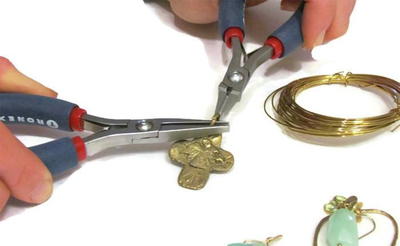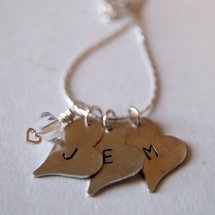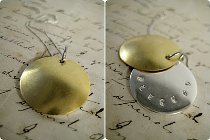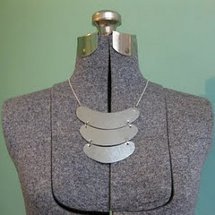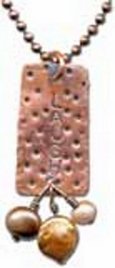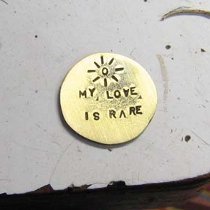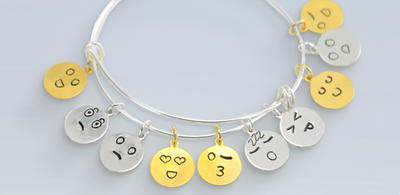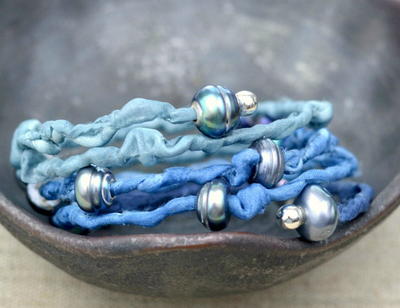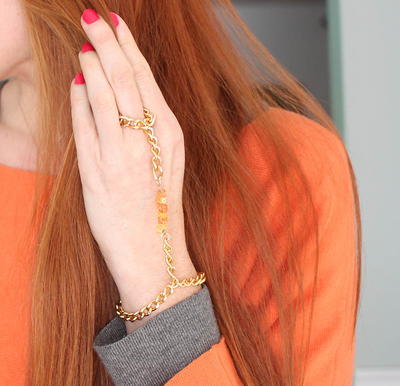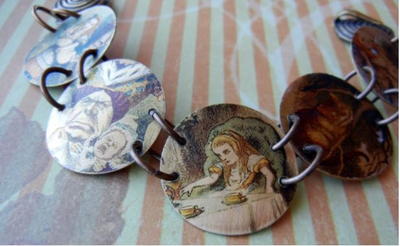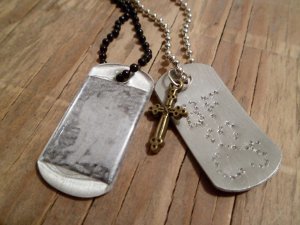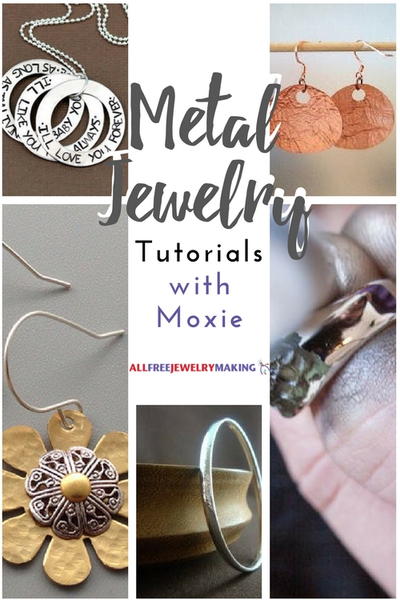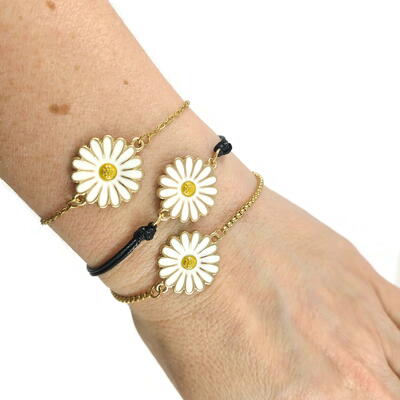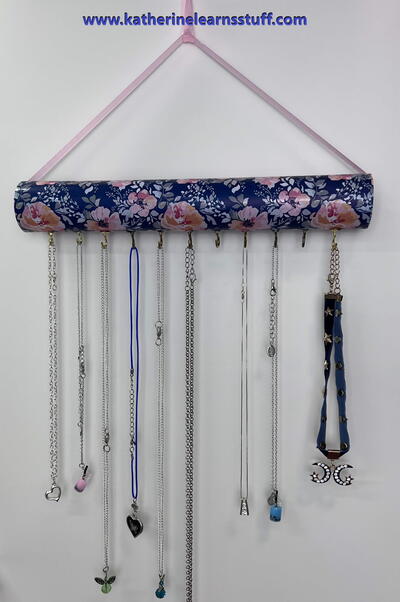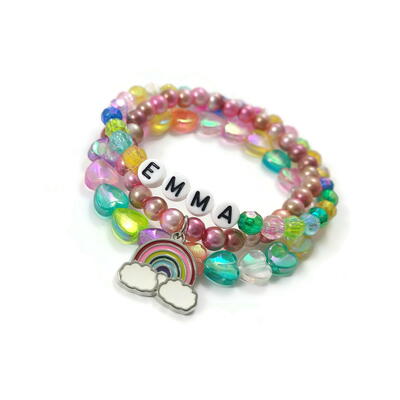A Beginner's Guide to Jewelry Metals
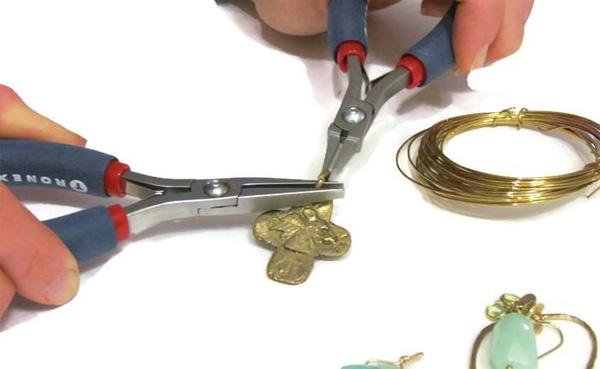
This Beginner's Guide to Jewelry Metals will help DIY jewelry designers learn more about one of the trendiest jewelry making materials. Metal jewelry is in vogue right now. It is fashionable to wear it, and hobbyists, and artisans love to make it. Whether you are browsing the latest from the runways or you are shopping for a hot new piece on Etsy, you will see plenty of beautiful creations made from metal.
If you want to make your own beautiful creations, you'll need to get to know the most commonly used metals, and you'll need to buy a good stock of tools for jewelry making, such as jewelry pliers, cutters, and bench shears. Having the right tools and supplies on hand will expand the possibilities for what you can create.
Here's a beginner's guide to the most common jewelry metals to help you better understand what's possible:
Aluminum
Aluminum is a popular metal for jewelry making because it is soft and easy to shape, making it easy to work with, and it is inexpensive. Aluminum is used to create charms, jump rings, clasps, crimp beads, chains, pendants, and metal sheets.
Aluminum is durable and resistant to corrosion, so it can create long-lasting pieces of jewelry. It is not magnetic.
Copper
Copper has a naturally beautiful and striking finish that lends charm to any piece of jewelry you are creating. It is especially popular with bohemian and rustic-inspired designs thanks to its natural look.
Though it is hard, copper is also easy to manipulate. Its strength makes it an ideal choice for wrapping, stamping, and other manipulation.
Copper is resistant to corrosion, but it does change color with age. This process, known as patina, leads to a blue/green tint on the metal. Some people quite enjoy the look of patina, and some jewelry makers will force the process to get the look. However, if you don't want your copper jewelry to change color, you should coat the metal to protect it.
Brass
The underlying tone of copper is orange, while the underlying tone of brass is yellow. Copper is a pure metal, while brass is an alloy, which means that it is a mixture. Brass is created from copper and zinc.
Brass is a less expensive alternative to gold since it has a similar appearance (though it is not as bright). Think of brass like an antiqued version of gold.
Because it is made with copper, brass is also susceptible to patina. You will need to coat the metal if you don't want it to develop a blue/green tint.
Bronze
Bronze is very similar to brass, but it has a stronger green tint to it. Like brass, bronze is an alloy. It is created from a mixture of copper and tin, and it is susceptible to patina, as well.
Bronze is used to create charms, pendants, discs for stamping, sheets, rings, clasps, and other findings. (You can find all the same in brass, as well.)
Gunmetal
No, this material is not made from recycled guns. Gunmetal is a term used to refer to an alloy made of copper, bronze, and zinc. Gunmetal is gray with purple and blue tints. It has a unique appearance that is popular for particular jewelry projects, and it is often referred to as "black chrome."
You can find everything from chains to bezels made from gunmetal.
Rhodium
Many jewelry making materials are made of rhodium or are rhodium-plated. Most hobbyists will use imitation rhodium, which is an alloy that includes copper, tin, and zinc. Nickel can also be included.
Rhodium has a bright, almost white finish, and it is often used to cover other metals to get this look. Rhodium is also resistant to scratching and corrosion, so it is often used as a coating to protect other precious metals, such as silver and gold.
Other metals
Many, many more metals are used in hobby-grade jewelry-making supplies, including nickel, zinc, stainless steel, pewter, and niobium. You should experiment with different metal types to see what kind of results they offer, both in terms of shape and the overall aesthetic they create. You may develop a preference for certain metals based on how they are to work with and for others based on how they look in a finished piece. Just make sure you have the right tools for jewelry making when working with metal, such as metal cutters and pliers.
Read NextChain and Stone Handpiece
Your Recently Viewed Projects
Eugenia
Apr 21, 2017
I'm pretty clueless when it comes to making metal jewelry so this is guide is super helpful! For those who've made metal jewelry before, what's your favorite kind to use?
Report Inappropriate Comment
Are you sure you would like to report this comment? It will be flagged for our moderators to take action.
Thank you for taking the time to improve the content on our site.

